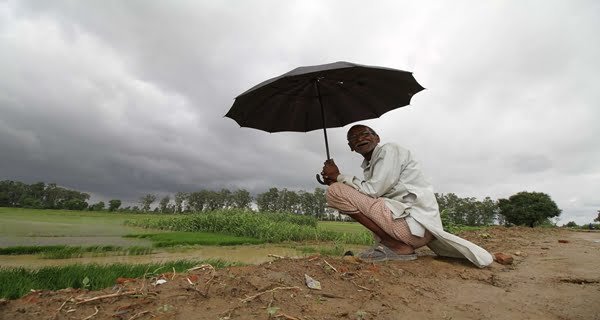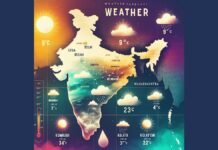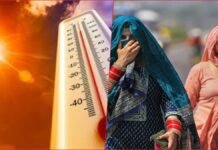
New Delhi: The monsoon season in India is eagerly awaited by millions of people across the country, especially those involved in agriculture. This year, after a gap of seven years, an unusual event is unfolding: the monsoon is expected to reach Kerala and parts of northeastern India by Thursday, May 31.
Traditionally, the monsoon first arrives in Kerala around June 1, followed by its gradual progression toward the northeastern regions. However, in 2017, an exceptional occurrence took place when the monsoon arrived simultaneously in Kerala and the northeastern states on May 30. Now, in 2024, meteorologists estimate that the monsoon will once again make an early appearance.
Key Highlights:
- Above-Normal Rainfall: The Indian Meteorological Department (IMD) predicts that the entire country will experience above-normal rainfall during the monsoon season (from June to September). Quantitatively, the southwest monsoon seasonal rainfall over India is expected to be 106 percent of the long-period average, with a model error of plus or minus 4 percent.
- Core Monsoon Zone: The core monsoon zone, covering rain-fed agricultural areas in India, is likely to receive abundant rainfall this season. States like Madhya Pradesh, Rajasthan, Maharashtra, Odisha, Chhattisgarh, Uttar Pradesh, and West Bengal fall within this critical agricultural belt.
- Importance for Agriculture: Monsoon rains are crucial for India’s agricultural landscape, as 52 percent of the net cultivated area depends on them. Farmers sow Kharif crops during June and July, making these months pivotal for the agricultural calendar.
- Water Reservoirs and Power Generation: Besides agriculture, monsoons play a vital role in replenishing reservoirs essential for drinking water and hydropower generation across the country. Currently, water storage in major reservoirs is at just 24 percent of their live capacity, exacerbating water shortages in several states.
- El Niño and La Niña: Scientists observe that El Niño conditions are weakening, and La Niña conditions may develop by August-September. El Niño typically leads to weak monsoon winds and dry conditions in India, while La Niña results in abundant rainfall during the monsoon season.

As India prepares for the monsoon, hopes are high for favorable weather conditions that will benefit agriculture, water resources, and power generation. The anticipation of above-normal rainfall brings optimism to farmers and communities across the nation.


















































